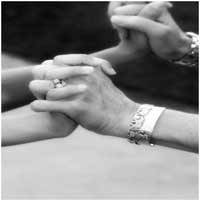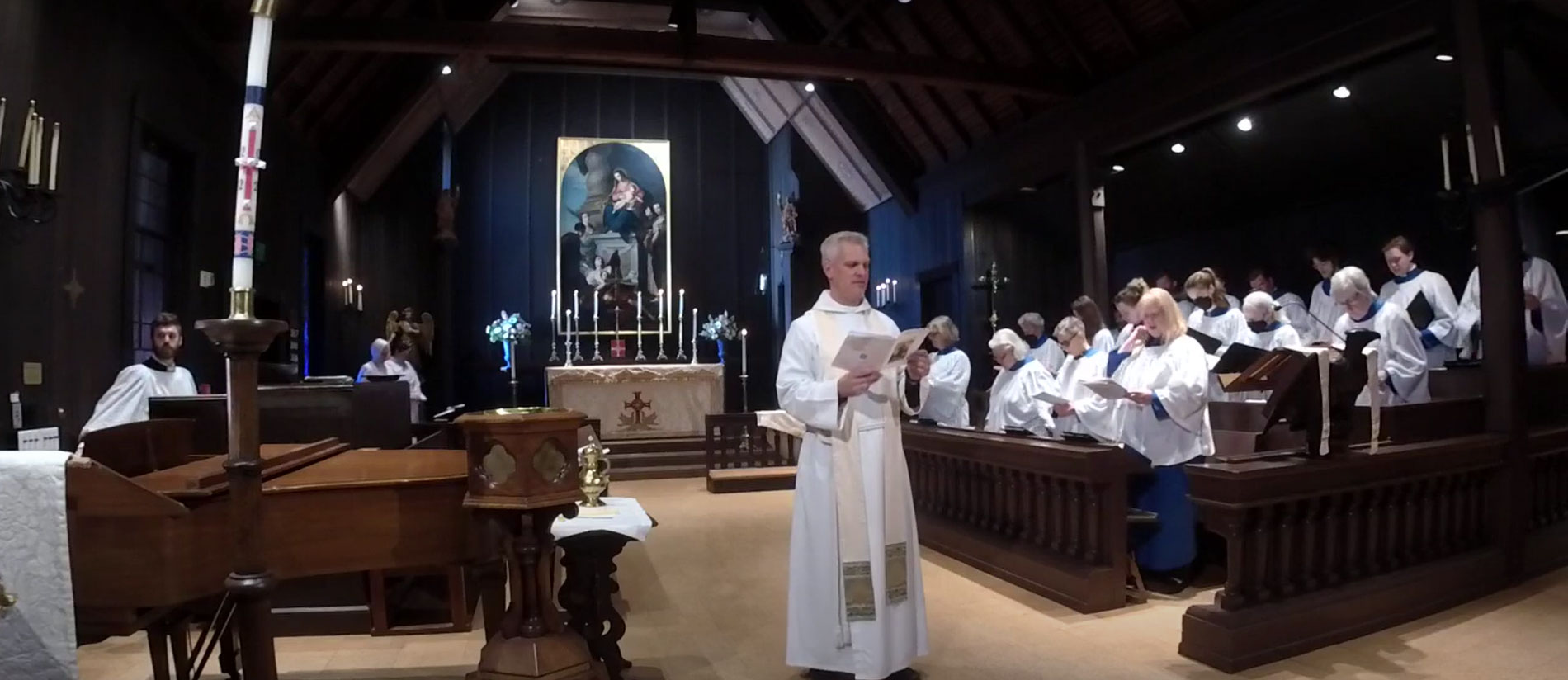Tang Family, Refugees in 1979

ST MARY’S ACCOMPANYING MIGRANTS FOR OVER FORTY YEARS
Migrant accompaniment is nothing new to St. Mary’s. We have been doing it for as long as we have been worshiping from the current Book of Common Prayer. Here’s how it began.
On August 6, 1979, a three page letter from Auriol Birkmyer announced that “St. Mary’s has now joined the growing number of parishes allowing their Christ-like love and compassion to stretch right across the world. . . . Our application to sponsor a family of Boat People has gone to National Church Headquarters. . . .”
The letter carefully prepares the parish by defining sponsorship as “helping refugees become financially self-sufficient, emotionally secure and culturally adjusted to their new environment. It does not mean ‘adoption’ . . . over a long time.” Our current Nueva Esperanza Accompaniment Team (NEAT) would not express the goals much differently.
The letter clearly stated that “we will not be financing any of this project through regular church funds. . . .” Short-term housing was identified, after which “the parish will have to help the family find permanent accommodation.” This, also, is very much how our current migration support works.
The letter continued by identifying six working committees, engaging ten parishioners with specific tasks that line up with our work today: employment, food and household, health care, social services and cultural education, publicity, and fund raising. The letter concluded with a list of priority needs and solicitation of help, including a sign-up card.
An article in the August 1979 parish newsletter noted that St. Mary’s was joining St. John’s and St. Luke’s Episcopal Churches in sponsoring a family of “Boat people.” That article made this specific plea. “One family saved out of thousands. . . what good really, is this, in such an overwhelming situation? Not much, of course—except that for a few it’s everything, and as a solution to the whole tragic problem it’s a beginning. . . . It took the life of only one Man to teach us that!”
The October 1979 newsletter announced that the Tangs would arrive soon. Money was solicited “for the first 3 month’s rent, for food and essentials.” It is obvious that the Vestry officially endorsed this work, since checks were directed to “St. Mary the Virgin Refugee Fund” at the parish office. Finally, in November, “The Tang Family Is With Us At Last! . . . They are a warm, loving family and it is a joy to assist them as they bravely face the problems of making a new life here.”
According to an undated San Francisco General Hospital Interoffice Memo, Tang had “owned a factory making tea and coffee which employed 50 people.” He had a high school education, spoke no English, but “speaks Vietnamese, Mandarin, and Cantonese all well.” That document identifies two parents and perhaps nine children ranging from 13-25, but apparently two of the older children did not arrive. The September 1979 Cow Hollow News identifies a family of nine, two parents and seven children.
Our archives contain document that two of the children graduatied from Presentation and St. Ignatius High Schools with a variety of honors. The official story ends there. Some people remember the Tang family cooking a Vietnamese meal in the courtyard for the parish once a year. Unfortunately, there are no photographs, and Edith Williams, who spearheaded the effort, died several years ago. In some ways, this is as it should be. As the initial letter said, the goal of sponsorship is to accompany a migrant family into thriving lives of independence and dignity, and that was accomplished.
Now that St. Mary’s again is accompanying migrants seeking asylum and freedom in America, it is good to remember that the work is in our parish DNA. Sometimes inherited traits skip a generation, but they always are there, ready to be revived again. That is what St. Mary’s Nueva Esperanza Accompaniment Team is doing today.
--David Crosson, Co-Chair
Justice Ministries
